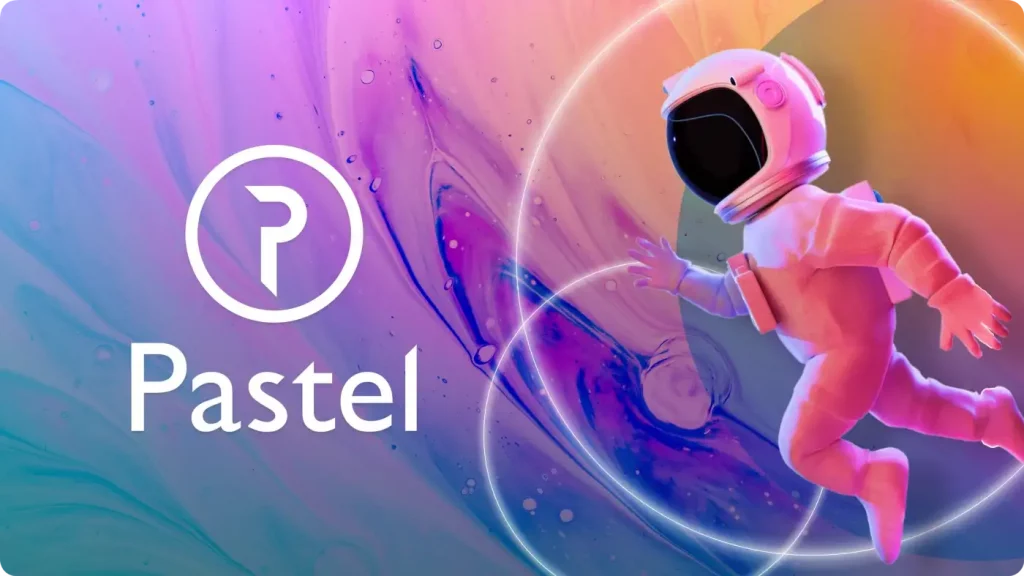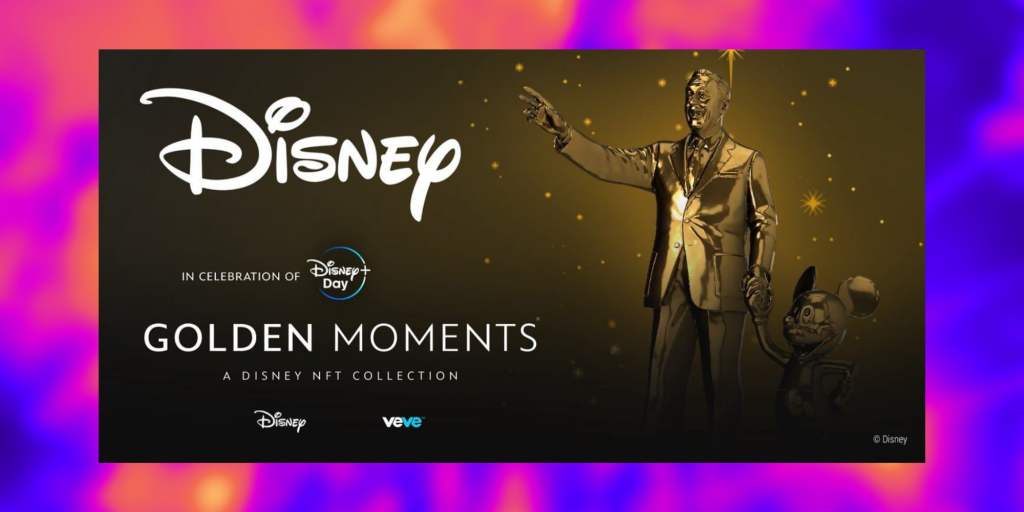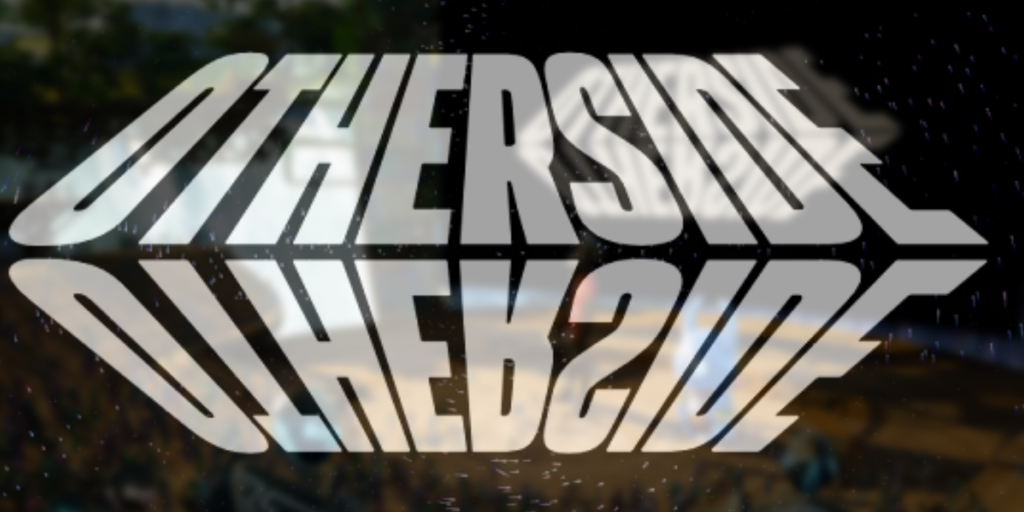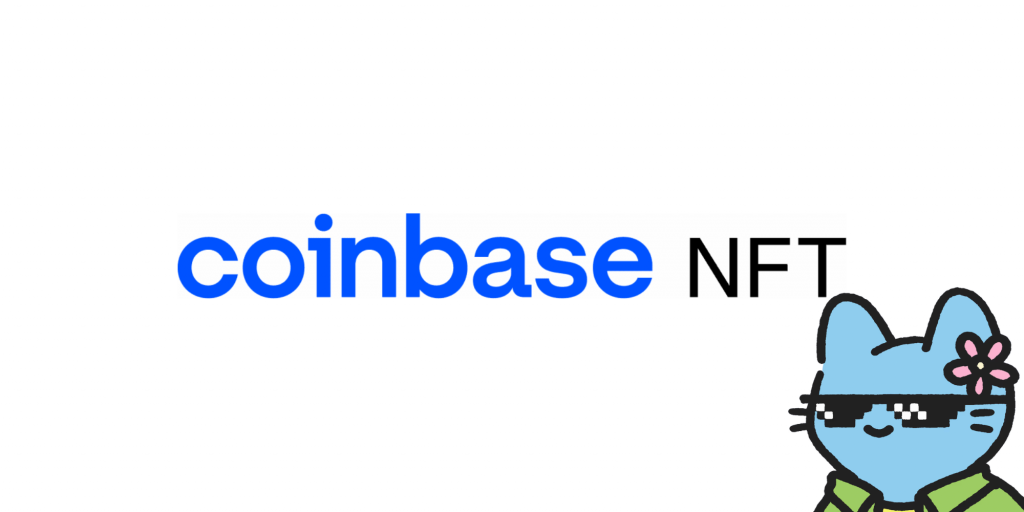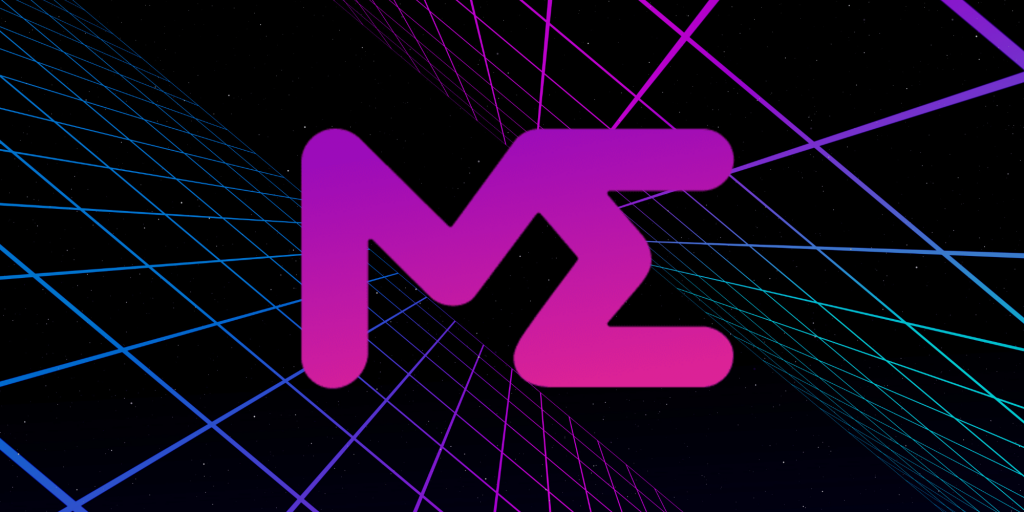Bull or bear market, 2020 and 2021 will forever be cemented in NFT history.
Reports have shown that NFTs garnered the most profit ($17.7 billion) in the crypto space in 2021 – the market exploded by over 20,000 percent from the year prior. The total value of transactions jumped from $82.5 million to over $17 billion.
However, the times are changing– namely, the technology behind NFT platforms and various mechanisms is improving significantly.
Today, we’re going to explore NFT minting– how much does it cost to mint an NFT today, and how will this be different in years to come? Read along as we explore what “minting” an NFT is and more.
What Does Minting an NFT Mean?
A common misconception about NFTs is that people often confuse minting NFTs with buying NFTs. There’s a fundamental difference. Minting an NFT means creating something completely new on the blockchain.
It’s ‌converting a digital file into a digital asset that lives on the blockchain, whether that asset is digital art, music, or collectibles like sports and trading cards. However, it’s not like the blockchain is hosting the files for the NFT itself– that would cause the blockchain to become incredibly bloated and inefficient.
Remember, an NFT is just a token; this token represents the ownership of a specific digital asset. It’s not the screenshot of the Bored Ape Yacht Club that’s valuable; it’s the token.
Minting an NFT means publishing your unique token on a blockchain to make it purchasable by other people.
NFTs are minted on a blockchain. Ethereum’s blockchain is very popular for minting NFTs, including Solana, Cardano, Tezos, and more.
You can buy NFTs on a marketplace like OpenSea– and sometimes, these platforms will also allow creators to mint their NFTs.
However, many projects will first launch on a third-party site dedicated to the minting of the project; the fees you can expect to pay are usually only those for the network, which can be a princely sum themselves.
How Much Does OpenSea Charge for Minting NFTs?
OpenSea is the most popular NFT marketplace. Primarily for Ethereum-based NFTs, OpenSea announced the addition of Solana NFTs to their marketplace in Q1 2022.
OpenSea requires users to pay two fees before minting their digital assets on the platform. These minting prices aren’t fixed: they can be higher or lower depending on the function you seek to perform.
The first fee you’ll pay as a first-time creator is used to initialize your account. As of April 2022, this fee typically costs $70 to $300.
The second fee used to grant access to your account costs $10 to $30.
You can avoid high gas fees if you spot days when gas fees are lower using tools like Etherscan.
Then, OpenSea charges 2.5% for first-time sales of your minted NFT– it’s a multi-billion dollar company for a reason.
How Much Does Rarible Charge for Minting NFTs?
With ‌400,000 NFTs created and 1.6+ million users, Rarible is another of the most popular NFT marketplaces globally.
Most users choose Rarible over other platforms because it is a multi-chain platform, has easy-to-use tools, a decentralized governance system that’s more advanced than what you’ll get on most platforms, and a flexible royalty management system that allows creators to set up to 50% royalty fee.
Minting on Rarible is straightforward compared to other NFT marketplaces. The platform itself doesn’t charge a minting fee. You have to pay the gas fee for minting on three different blockchains available in the marketplace (Ethereum, Tezos, and Flow).
After paying the gas fees required for minting, Rarible charges a 2.5% fee for every NFT buy and sell transaction.
What Are Gas Wars and How to Avoid Paying High Gas Fees when Minting
If you’re active in the NFT space, “gas wars” are something you may have sweaty nightmares about. Gas, or the computational power needed to verify transactions on a blockchain network, can often cost hundreds, if not thousands, of dollar-worth of Eth.
Since “minting” an NFT to the blockchain is a much more computationally-heavy process, the network charges more than typical transaction fees.
A gas war is an auction to get front row seats in an upcoming block of transactions to be validated on the Ethereum blockchain. If there is a surge in the number of people waiting for their transactions to get validated, the price gets too high, which triggers a scuffle.
Almost like a bidding war, people pay more so they can get their transactions processed quicker, ‌driving the transaction costs up. Gas wars are the main cause of high transaction fees on the blockchain. They’re prevalent on the Ethereum network, ‌infamous for its performance and scalability setbacks.
To avoid paying high gas fees, ‌learn how to track gas fees. Etherscan’s Gas Now is a handy tool that can help you to minimize gas prices.
How to Mint an NFT for Free on the Blockchain
Popular marketplaces like OpenSea and Rarible allow you to mint NFTs for free on the platform.
Recently, Rarible announced that you could mint for free on the platform (yes, no gas fees). The downside is that your asset goes on the Rarible collection and not your collection. This means Rarible has more control of your digital asset, and also, the buyer pays for your minting fee.
You can also mint for free on OpenSea. The new collection manager launched in December 2020 introduced a lazy minting feature, allowing creators to list NFTs paying no gas fees until they make the first purchase. Since the NFT isn’t transferable on-chain until they purchase, creators can list without paying a dime.
However, this is not applicable for first-time listing. If this is your first time listing on OpenSea, you still have to pay the gas fees needed to initialize your account.
The Polygon network also allows creators to “mint NFTs for free at the speed of light.” All you have to do is connect your Polygon account, upload your digital art, select the Polygon network during the minting process, and you’re good to go.
Final Thoughts: What to Expect for NFT Minting in the Future
Although the NFT market went ballistic in 2021, the 2022 bear market has many reconsidering their sky-high purchases.JPEGs– if not at least the hundreds or thousands of dollars they spent on gas fees to simply purchase the art.
In this article, we learned what NFT minting is, how to mint your project on popular marketplaces, and avoid paying very high gas fees.
However, increasingly more creative and consumer-friendly innovations are being built to make the creation and selling of NFT art a much more profitable endeavor.
